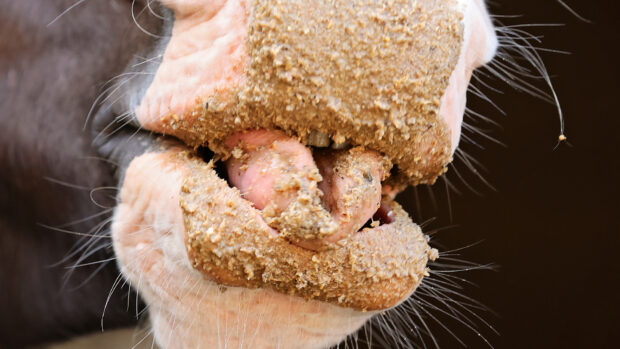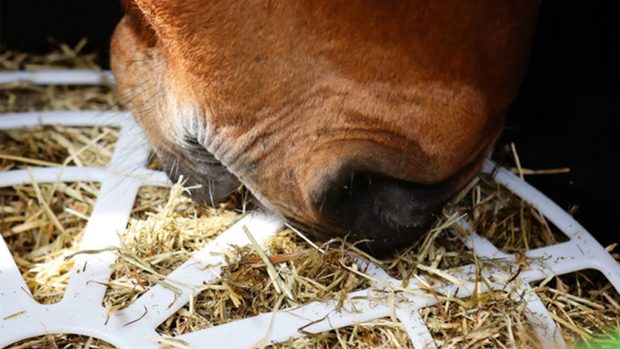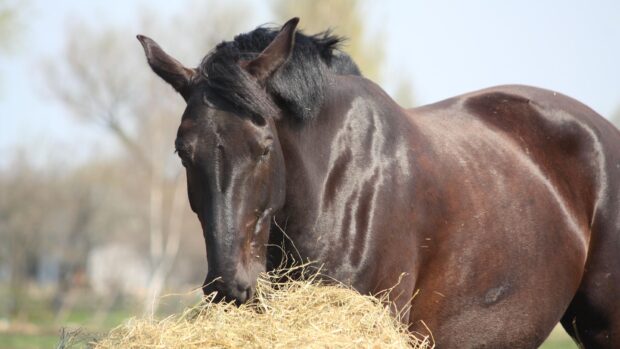You might be considering different types of forage for horses due to the current shortage of hay. Being aware of the benefits and shortfalls of different forages and knowing about the best forage replacers will help you make an informed decision when it comes to selecting the right products for your horse.
Forage is a really important part of the diet as it contains fibre, which is needed for energy. It also plays an important role as a filler, helping to prevent gastric ulcers and aid digestion. We’ve covered all the types of forage – and explained some of the benefits and problems associated with feeding each.
Types of forage for horses
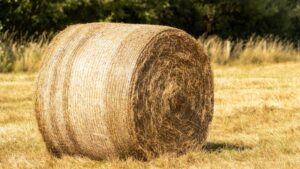
1. Hay
Hay is the most commonly fed type of forage for horses. harvested either from permanent pasture meadow grasses or specially sown seed leys. Once cut, it’s left to air-dry in the field. It tends to be harvested between the end of May and end of July.
Benefits of feeding hay
- Various types of hay available
- Long stems encourage chewing, which stimulates saliva, helping to control stomach acid
- Can buy in various sizes
- Can be soaked
Problems associated with hay
- Can be dusty
- Shortage this year has affected availability and driven up prices
- Can’t know specific nutrient quantities unless professionally analysed
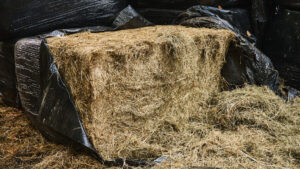
2. Haylage
Haylage is conserved cut grass, baled with a higher water content than hay, and then wrapped. Haylage tends to be cut earlier in the season compared to hay (generally before mid-June).
Benefits of feeding haylage
- Tends to be higher in overall energy if it’s cut earlier
- Less dusty
- Can buy in bulk or smaller bags
Problems associated with haylage
- Due to the higher water content, more haylage needs to be fed than hay (by weight) as the nutrient and fibre levels will effectively have been ‘diluted’
- Not usually so good for good-doers
- Starts to go off once wrapping is opened
- Can’t know specific nutrient quantities unless professionally analysed (or purchased in bags with nutritional info)
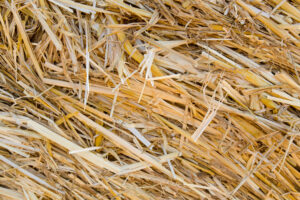
3. Straw
More commonly used as a cheap bedding option, straw can also be fed to horses. Oat and barley straw are most common, though oat straw has a slightly softer texture and is less prickly for the horse to eat compared to barley straw.
Benefits of feeding straw
- Cheaper and readily available
- Can be used as a partial replacement (up to a maximum of 30% of the daily fibre intake) for good-doers or overweight horses
Problems associated with straw
- Always make sure that you are providing a clean, fresh supply of drinking water alongside and monitor droppings to reduce the risk of impaction colic
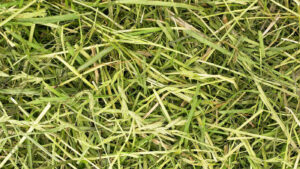
4. Chopped dried grass
Chopped dried grass is harvested earlier than hay and dried artificially.
Benefits of chopped dried grass
- Often higher in protein and energy, making it a good option for poor-doers and veterans
Problems associated with chopped dried grass
- These types of chaffs retain much of the natural sugar content of fresh grass, but without the water content to ‘dilute’ it, so it’s usually best to avoid these for horses prone to laminitis or requiring a low sugar diet
- Not suitable for use as a complete hay replacement
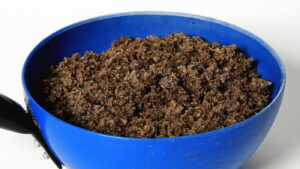
5. Sugar beet
Sugar beet is the fibrous byproduct of the sugar beet root left after the sugar has been extracted for human consumption.
Benefits of sugar beet
- Palatable way to add fibre
- Quick-to-soak options
- Molasses free options
Problems associated with sugar beet
- Can’t be used as a complete replacement
- Dangerous if fed unsoaked
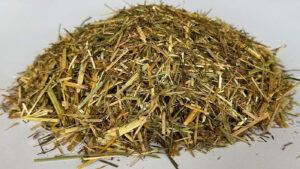
6. Short-chopped fibres
These may contain chopped straw, grass and alfalfa, or a combination of the three. They sometimes come as complete feed including vitamins and minerals to ensure a balanced diet, in which case they may be an economical alternative to a traditional hard feed of mix or nuts. Short chopped fibres can either partially or totally replace forage ration.
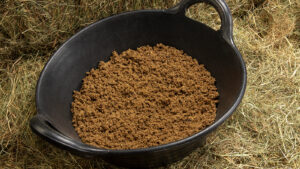
7. Soakable products
Soakable high fibre products or mashes are often high-fibre and low in sugar and starch, so can be used as a partial replacement and are ideal for horses with dental problems.
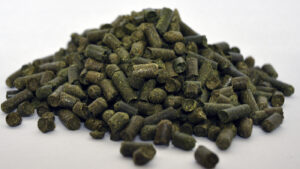
8. High-fibre pellets
Pellets are a versatile and palatable way of adding fibre as a complete compound feed, partial replacer or treats in a stable toy. Some contain added vitamins and minerals so should be fed in accordance with manufacturer recommendations.
You might also be interested in:
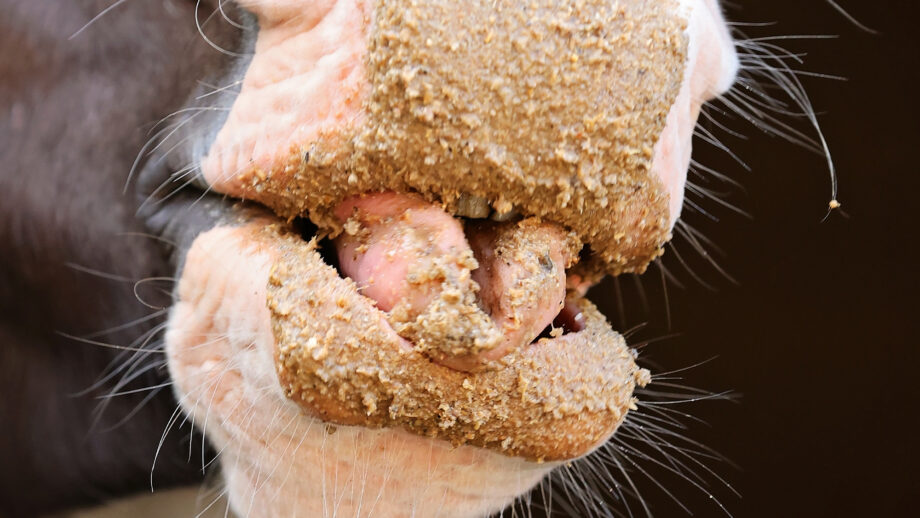
21 full and partial hay replacers to help add more fibre to the diet

11 small-holed haynets and slow feeders to extend eating time and reduce wastage
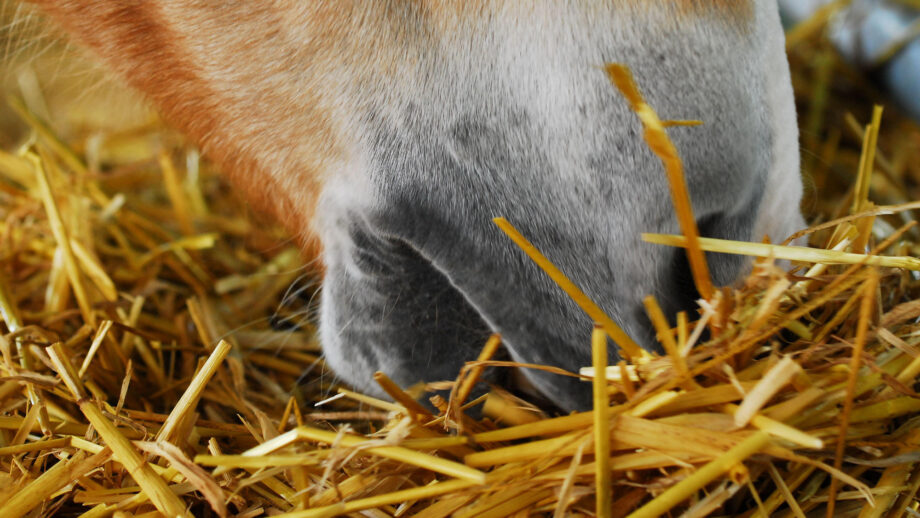
Is it safe to feed straw? Everything you need to know, with expert advice from an equine nutritionist
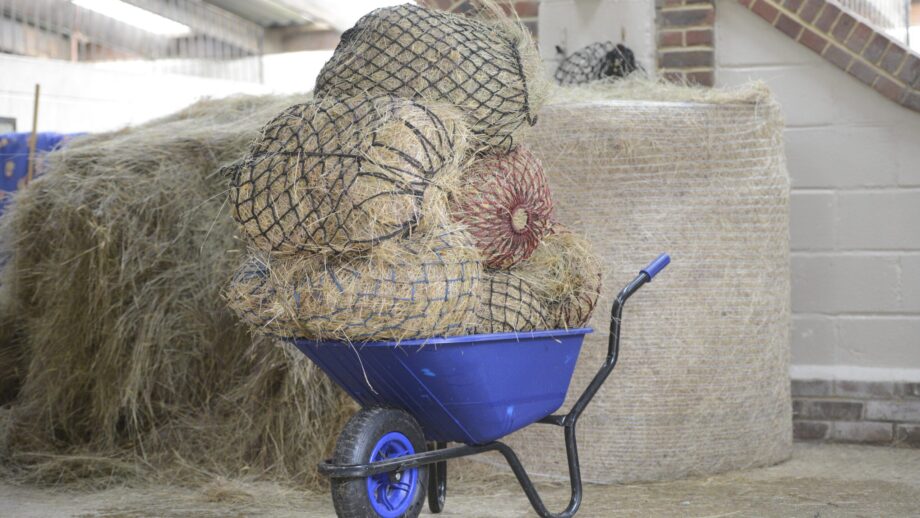
8 ways to reduce your hay bill this winter

Subscribe to Horse & Hound magazine today – and enjoy unlimited website access all year round
Horse & Hound magazine, out every Thursday, is packed with all the latest news and reports, as well as interviews, specials, nostalgia, vet and training advice. Find how you can enjoy the magazine delivered to your door every week, plus options to upgrade your subscription to access our online service that brings you breaking news and reports as well as other benefits.



